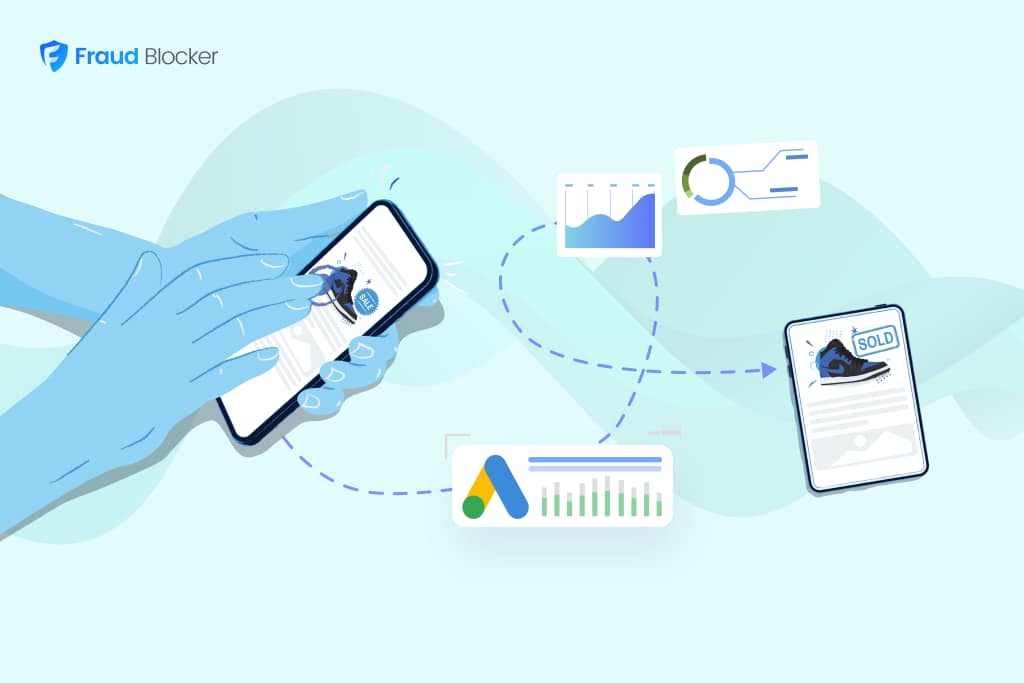
NEW New feature: Verify & block fake emails

We improve your ad performance by blocking click fraud and fake emails

Click fraud is costing advertisers billions in loses. Learn more here.

Click fraud is costing advertisers billions in loses. Learn more here.
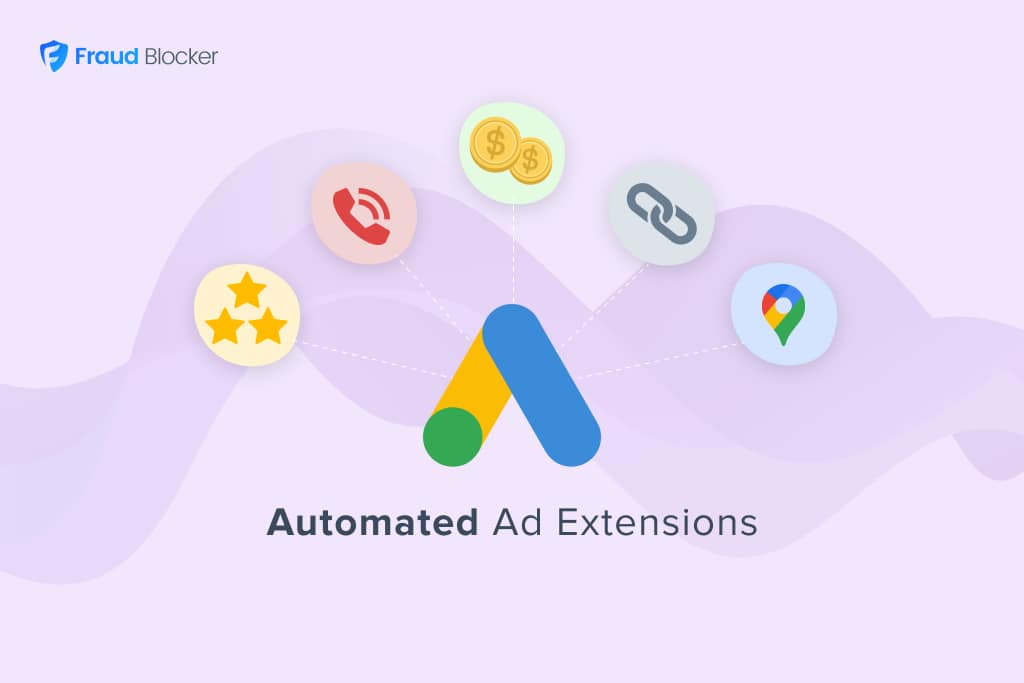
Google Ads is more than just text ads. There are many tools designed to help marketers create more successful ad campaigns. Whether that’s content for the Google Display Network, or the almost done for you strategy of Performance Max.
One of these tools is ad extensions, a feature that, when used effectively, can dramatically enhance the performance of your Google Ads.
Be sure to check out our in-depth article on the 12 Types of Ad Extensions for Google Ads.
Ad extensions provide additional information and possible ways for potential customers to interact with your business—all at no extra cost. But there are many different options, including automated and manual extensions.
Automated ad extensions are a type of ad extension that marketers can add to their campaigns, which Google will add automatically. Unlike manual ad extensions, which require proactive selection and setup, automated extensions use Google’s advanced algorithms to predict which extensions will improve your ad’s performance and apply them for you.
From displaying additional product information to providing directions to your nearest storefront, automated extensions can enrich your ads with valuable content that’s tailor-made to augment user interaction with your brand.
The use of ad extensions, especially when automated, offers several distinct advantages for both seasoned marketing professionals and small business marketers:
The ad below contains several great examples of ad extensions, including dynamic sitelinks, which take visitors to specific landing pages, and extensions that expand specific locations.

Automated extensions allow you to enjoy these benefits without the constant need for manual adjustments. They provide you with a hands-off approach to augment your ad with insights gleaned from Google’s ever-improving artificial intelligence.
Like everything there are pros and cons. And of course, ad extensions do have some drawbacks:
While Google may employ a variety of automated and dynamic extensions based on its algorithms, some extensions tend to be particularly useful for advertisers. The following are some of the best-performing automated ad extensions that marketers should be aware of:
Automatically generated dynamic sitelinks can direct users to specific pages on your site other than the main landing page. They’re often used to navigate to popular products, promotional offers, or important informational pages.
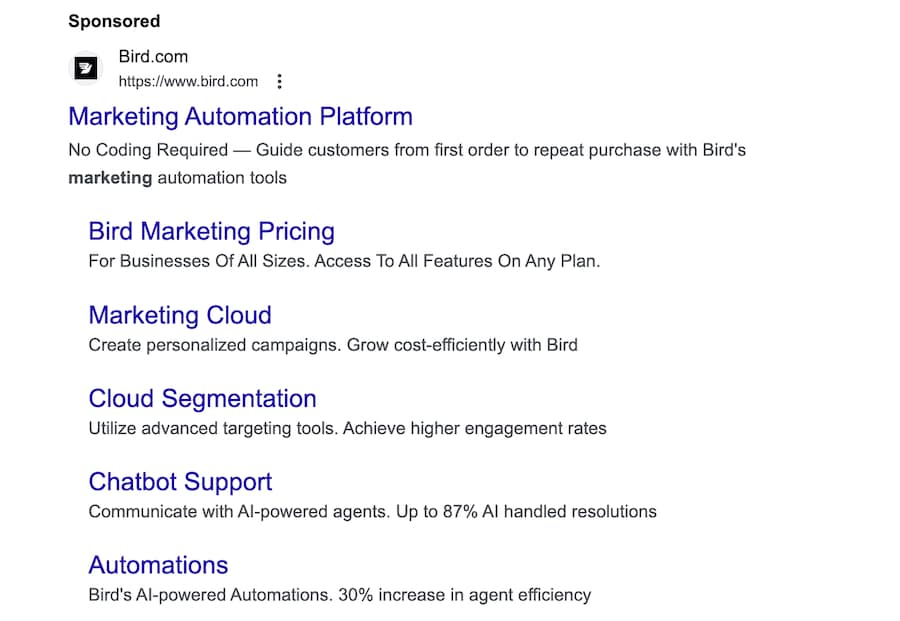
These short snippets of text highlight certain features or offers, making them a great way to get eyes on your best deals. Using dynamic callouts automatically emphasizes unique selling points – whether thats free shipping or special deals – without the need to manually set them up.
These provide more context on the nature of your products and services by listing items your business offers. Google’s selection for structured snippets is based on the content of your site and the user’s query, ensuring helpful specifics are added to your ads automatically.
For businesses where customer calls are crucial, call extensions make it easy for the customer. They automatically include a phone number or a call button in your ad, making it easier for customers to contact you directly from the search results. The automated call extensions are usually shown on mobile search results.
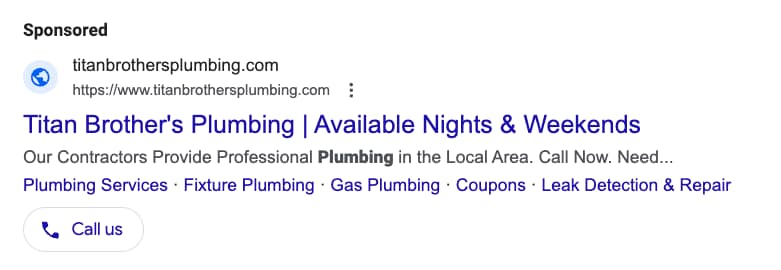
Location extensions automatically showcase your physical location, allowing potential customers to find your storefront or office quickly. This is particularly valuable for local businesses seeking to attract nearby searchers.
For businesses that sell products through retail chains or third-party sellers, this extension can also point users toward a nearby store that carries your products (this used to be known as “affiliate location extensions”).
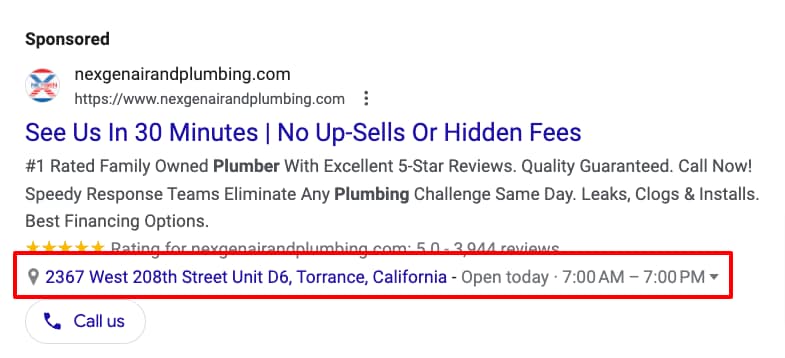
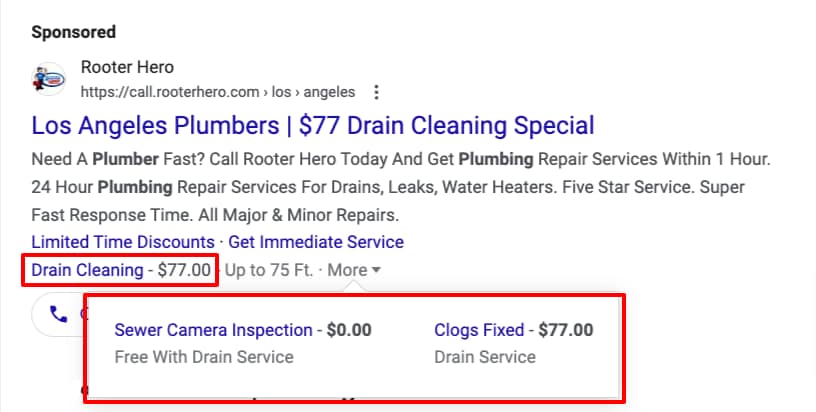

If you’re running Google Ads, you don’t need to do anything to add automated extensions to your search ads. Chances are that Google are already doing it for you, as they will add relevant information to your ads if they think it will help improve performance.
Read Google’s policy on Account Level Automated Assets.
You can also check to see what is being displayed, and disable them if you prefer to manage your extensions manually.
Although these extensions are automatic, Google provides some control over their use:
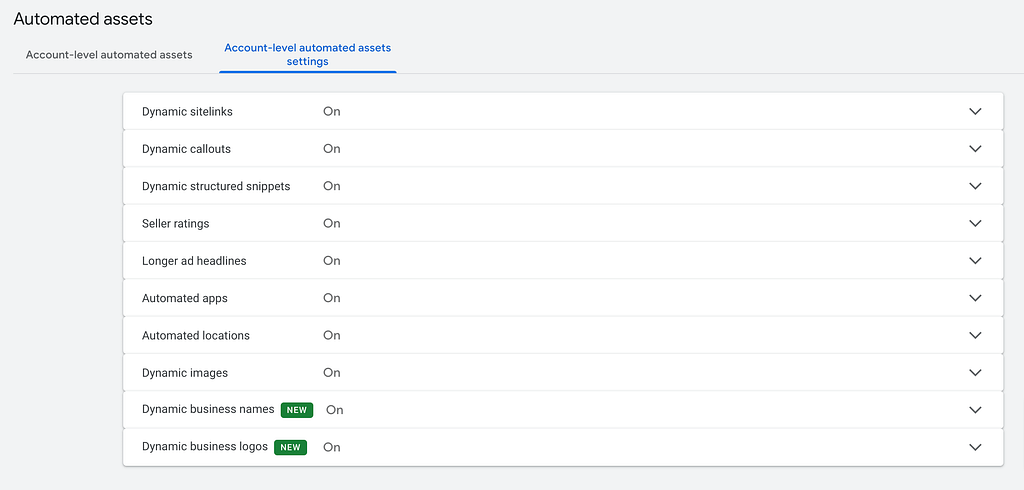
To influence the relevance and quality of the automated extensions that Google adds to your ads, consider these best practices:
While Google Ads is one of the best ways to reach a huge global or local audience, effectively managing your search ads is a fine art. One of the biggest challenges that marketers face is avoiding invalid traffic on their ads, also known as click fraud.
This is where clicks on your ads come from non-genuine sources such as bot traffic, competitors and even organized fraudsters. Research shows that around $80 billion was lost to click fraud in 2023 alone.
Stopping bad traffic from clicking your Google Ads has been shown to improve performance by an average of 22%.
Read more: Ad Fraud Report 2024
Fraud Blocker offers one of the most cost effective solutions to stop bots and bad clicks and ensure your click through rates are from genuine potential customers only. Don’t run Google Ads without blocking bad traffic.
Try Fraud Blocker free today.


